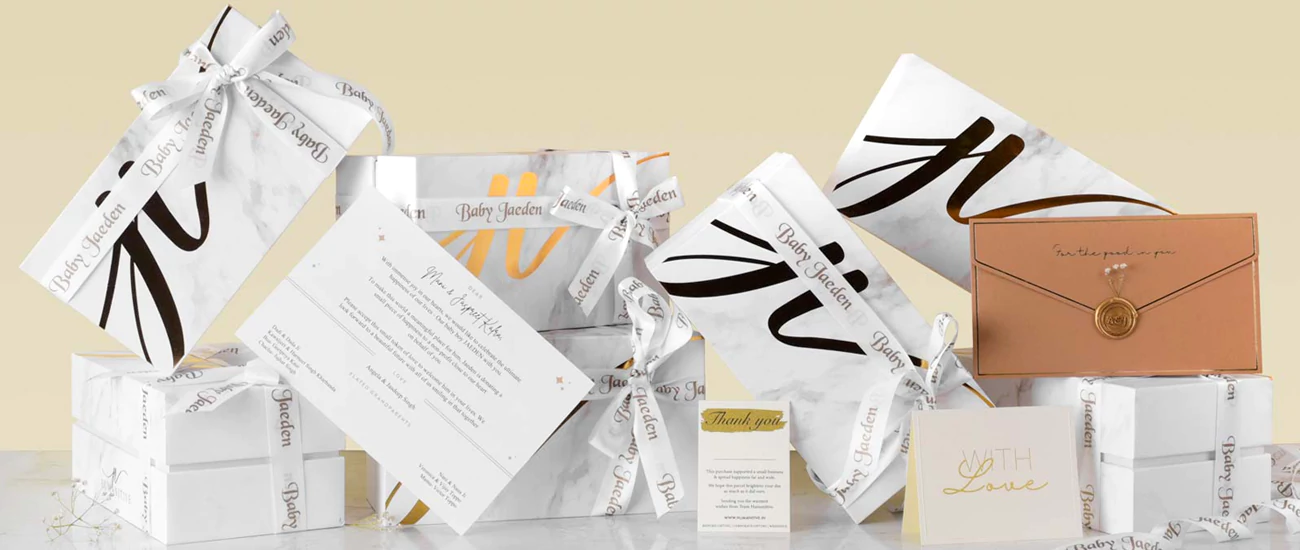
In the competitive business world, packaging can be the key differentiator between a sale and a missed opportunity. "The ROI of High-Quality Packaging: Why It Matters for Your Brand" explores why investing in high-quality packaging is essential for your brand's long-term success. Through this article, you'll understand how well-crafted packaging can not only enhance your product's appeal but also drive profitability, build customer loyalty, and boost your brand's recognition. We’ll dive into the specific ways packaging affects consumer behavior, and how businesses can maximize the return on investment (ROI) from packaging. Ready to learn how packaging can become a valuable asset for your brand? Let's explore.
Why Does the ROI of High-Quality Packaging Matter for Your Brand?
High-quality packaging is more than just a protective layer for your products. It plays a pivotal role in shaping the consumer's perception of your brand. Investing in packaging isn't just about aesthetics; it's a strategy that directly affects sales and brand loyalty. Poor packaging can lead to damaged products, customer dissatisfaction, and increased returns, ultimately hurting your bottom line. On the other hand, high-quality packaging enhances the perceived value of your product and can even justify a higher price point.
When you invest in packaging that reflects the quality of your brand, you're telling your customers that you care about the experience from start to finish. Packaging does more than just wrap your product. It becomes an extension of your brand's message, serving as a visual representation of your company's values and the quality of your offering. But it's not just about looking good; it's about the impact it has on your customers' buying decisions.
Customers are drawn to products that feel premium, and packaging is a critical factor in creating that perception. The psychology of packaging shows that consumers are more likely to purchase from brands that invest in quality packaging because it signals reliability and trustworthiness.
How Does High-Quality Packaging Impact Your Brand's Profitability?
High-quality packaging is a smart investment that leads directly to increased profitability. What's the real benefit here? The return on investment (ROI) from quality packaging comes from multiple sources, including increased sales, enhanced brand image, and greater customer retention. Let's break down the key ways packaging impacts profitability:
First, premium packaging tends to encourage consumers to pay more for a product. Studies have shown that consumers are often willing to pay higher prices for products that feature attractive and well-made packaging.This can significantly boost your margins without altering the product itself. Additionally, the enhanced brand perception fostered by quality packaging helps maintain customer loyalty. Customers are more likely to return to a brand that consistently delivers a great unboxing experience.
Another vital aspect is the reduction in returns. With packaging designed to protect the product during transport, you reduce the risk of damage, leading to fewer refunds and exchanges. This reduction in returns means less time and money spent on customer service and logistics, further improving your bottom line.
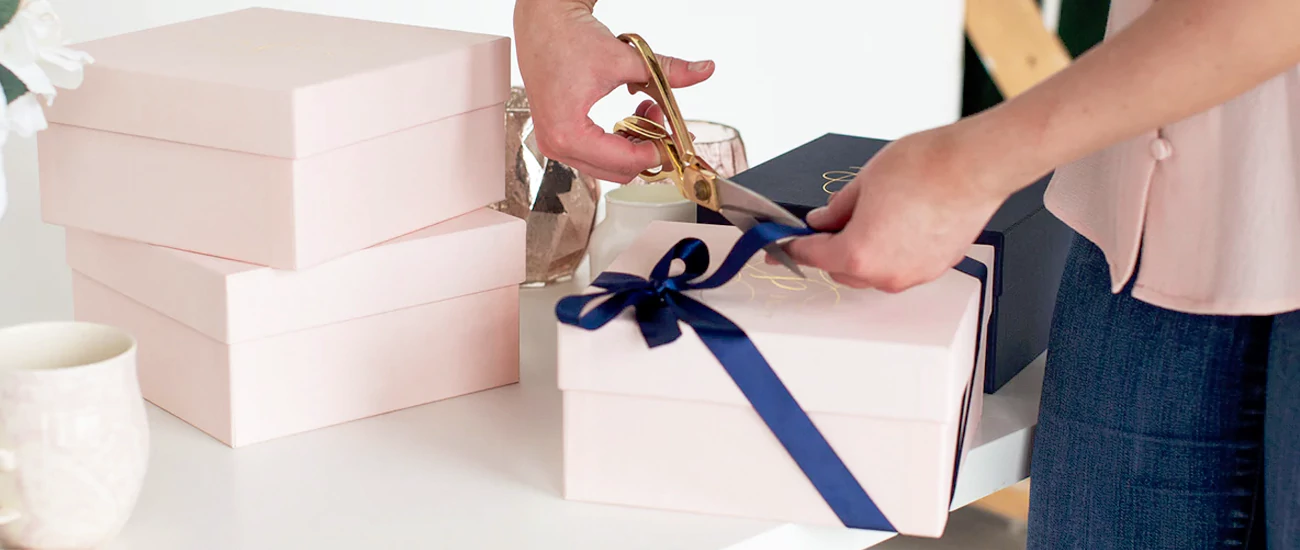
What Are the Key Factors That Contribute to Packaging Quality?
Packaging quality is determined by several factors, each contributing to the overall consumer experience. What should you focus on when assessing packaging quality? Key elements include material selection, design, sustainability, and functionality.
First, materials play a crucial role in protecting the product while also signaling the quality of the brand. Using durable, eco-friendly materials not only ensures the safety of the product but also appeals to environmentally conscious consumers. Furthermore, high-quality materials can enhance the tactile experience, making the packaging feel more premium to the touch.
Design is another essential factor. Packaging design should reflect your brand's identity and appeal to your target market. Well-designed packaging catches the consumer's eye and can make the difference between a product being noticed or overlooked. The design should not only look good but also be functional, allowing for easy opening and proper storage.
Finally, sustainability has become a significant factor in packaging quality. Consumers are increasingly concerned about environmental impact, and using recyclable or biodegradable materials can strengthen your brand's reputation. Sustainable packaging can be a great selling point that drives consumer preference.
How Does Packaging Influence Consumer Behavior?
Packaging is a powerful tool in shaping consumer behavior. What's the real influence here? From the moment a customer encounters your product, packaging sets the tone. It is often the first impression a consumer has of your brand, and first impressions matter.
Psychologically, humans are naturally drawn to visually appealing things. If the packaging is aesthetically pleasing, consumers are more likely to associate the product with higher quality, even if the contents are the same as a competitor's. Packaging communicates your brand's personality, values, and quality, influencing whether a consumer will make a purchase or walk away.
Take, for instance, luxury goods. Premium packaging is a key factor in the perceived value of the product. A beautifully packaged item signals exclusivity and craftsmanship, making it more desirable. The psychology of packaging also shows that if customers feel excited and positive about the packaging, they're more likely to feel satisfied with their purchase, leading to repeat business.
What Are the Long-Term Benefits of Investing in High-Quality Packaging?
The benefits of high-quality packaging extend far beyond the initial purchase. A great unboxing experience can lead to increased customer satisfaction, which in turn boosts loyalty and repeat purchases. High-quality packaging creates lasting memories for your customers, leading them to trust your brand for future purchases.
Moreover, investing in packaging can help build a premium brand image that positions your company as a leader in your industry. Premium packaging can set your brand apart from the competition, leading to higher brand recognition and consumer preference. Over time, this differentiation translates to long-term business success and a loyal customer base.
Finally, by using sustainable packaging, you can tap into a growing market of environmentally conscious consumers. This can help you attract a new segment of customers who prioritize sustainability in their purchasing decisions.
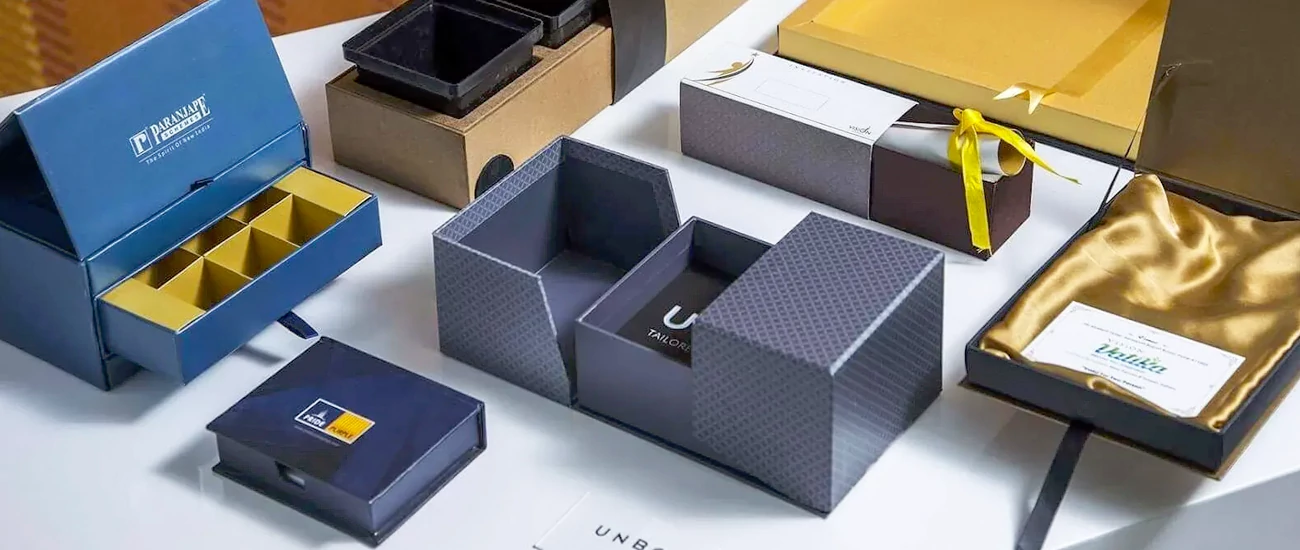
Why Should You Focus on Branding Through Packaging?
Branding is a critical aspect of business success, and packaging plays a vital role in how your brand is perceived. Well-designed packaging helps communicate your brand's identity, values, and personality to your target audience. A visually appealing, well-thought-out design not only captures attention but also reinforces the message your brand wants to convey.
Packaging can act as a silent ambassador for your brand. It works 24/7 to increase brand awareness, even when the product is sitting on a shelf or being delivered to a customer's doorstep. Through careful design, colors, and logos, packaging can instantly communicate who you are, what you stand for, and why your product is worth considering. It establishes your brand's identity without saying a word.
Many successful brands, like Apple, use minimalist and sleek packaging to reinforce their premium, no-nonsense image.Custom packaging helps you stand out from the competition, ensuring that your products aren't lost in the sea of generic packaging designs. It also promotes consistency across your product range, ensuring that every item a customer buys carries the same professional brand image.
How Can Custom Packaging Add Value to Your Brand?
Custom packaging is not just about creating a visually stunning product wrap. It's about offering a personalized, memorable experience for your customers. Tailored packaging creates a stronger connection between your brand and your audience, which can lead to increased customer loyalty and brand advocacy.
Custom packaging can elevate the unboxing experience, making it feel like an event in itself. When customers receive a product with packaging designed specifically for that item, they feel valued and appreciated. This boosts their overall perception of the brand, making them more likely to purchase from you again. Think of the small details like embossed logos, personalized messages, or unique box shapes that make your packaging stand out.
Additionally, custom packaging can help reinforce your branding. It ensures that your brand is consistently represented across every product, contributing to a coherent and unified brand image. Custom packaging also allows you to cater to your target market more effectively by tailoring the design to meet their needs and preferences.
What Role Does Sustainability Play in High-Quality Packaging?
Sustainability is no longer just a buzzword; it's a critical component of modern packaging strategies. Consumers today are increasingly aware of the environmental impact of their purchases, and many are willing to pay a premium for products packaged in an eco-friendly way. Sustainable packaging offers a unique opportunity to connect with these environmentally conscious consumers while also reducing your brand's environmental footprint.
Sustainable packaging doesn't just help the planet—it can also be a powerful marketing tool. By using recyclable, biodegradable, or renewable materials, your brand can position itself as socially responsible and attract a growing segment of eco-aware buyers. Moreover, sustainability often leads to cost savings in the long term, such as reduced materials costs or lower shipping fees due to lighter packaging.
The global push for sustainability is only going to intensify. By incorporating sustainable packaging into your strategy now, you'll be ahead of the curve, ensuring that your brand meets future regulatory standards and consumer expectations.
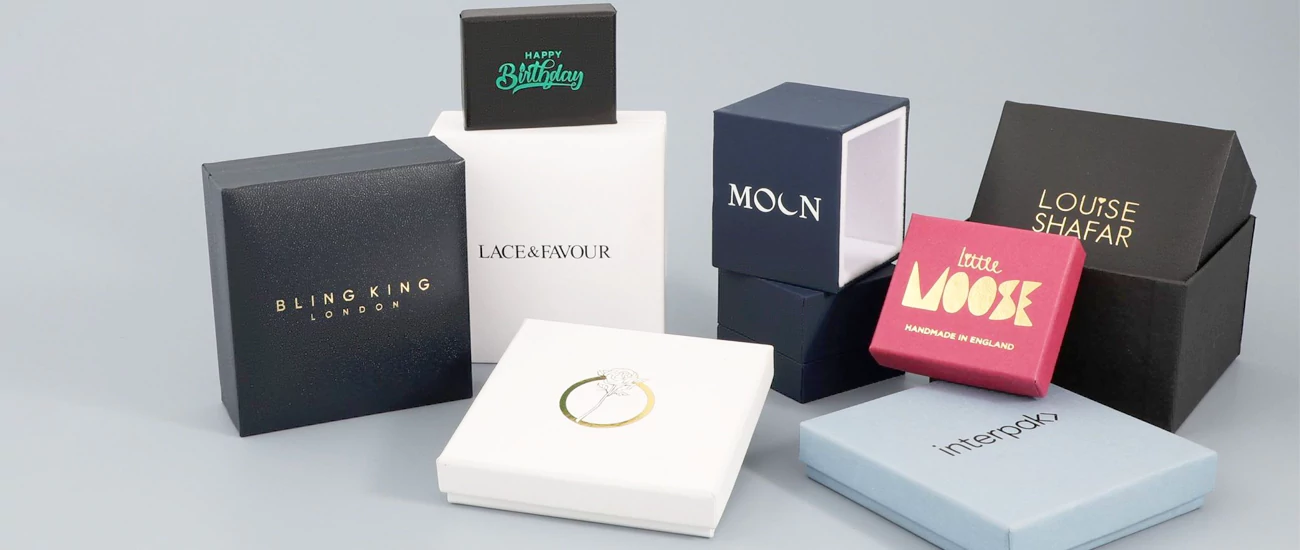
How Can High-Quality Packaging Help in E-commerce?
E-commerce has exploded in recent years, and with that growth comes new challenges for packaging. What's the real advantage here? Well-designed packaging ensures that products reach their destination in one piece while also providing an excellent customer experience from start to finish. In the fast-paced world of online shopping, the packaging is often the first physical interaction a customer has with your brand.
Packaging for e-commerce must also be functional. It needs to protect products from the rigors of shipping while being lightweight and easy to handle. At the same time, it needs to convey the same brand image that in-store packaging would. A well-designed box that's easy to open and reuse can make a significant difference in customer satisfaction, which in turn drives repeat purchases.
E-commerce packaging has to be cost-effective but still impactful. By designing packaging that fits well within your shipping processes and is easy to store, you can reduce shipping costs while maintaining a positive customer experience.
How Does High-Quality Packaging Build a Premium Brand Image?
Packaging has the power to create a premium brand image by elevating the perceived value of your product. Premium packaging sends a message to customers that your product is high-end, exclusive, and worth the price. Think about luxury brands like Chanel or Rolex—these brands invest heavily in their packaging because they know it directly influences consumer perception.
Premium packaging is not just about appearance. It also involves using high-quality materials, providing a tactile experience, and ensuring that every aspect of the packaging aligns with the brand's image. By doing so, you establish your product as something special and desirable, which justifies a higher price point.
The right packaging can also differentiate your brand from competitors. By offering something visually distinct and of higher quality, you set yourself apart in a crowded market. High-quality packaging doesn't just attract attention; it builds trust, reinforcing the idea that your product is the best choice.
Measuring the Effectiveness of Packaging Investments
Measuring the ROI of your packaging investment is crucial to ensuring you're getting the most out of your spending. What's the real metric to focus on? Sales growth is an obvious indicator, but there are other ways to assess the effectiveness of your packaging.
Consumer feedback is another valuable source of data. Positive customer reviews that mention the packaging experience can indicate how well it's resonating with your audience. You should also track metrics such as return rates and customer retention, as packaging plays a role in both.
Tracking social media mentions and brand recognition can also help gauge how packaging influences public perception. Brands that incorporate packaging into their marketing strategies often find that it generates buzz and leads to more visibility, ultimately improving sales.
The Costs and Challenges of High-Quality Packaging
While high-quality packaging offers numerous benefits, it also comes with its own set of challenges and costs. What's the real cost here? Premium packaging typically requires higher investment in materials, design, and production. These costs can quickly add up, especially for businesses with large product lines or frequent product releases.
Packaging must also be produced at scale. For companies with limited budgets, the costs associated with custom or high-end packaging may seem daunting. However, the key is to balance quality with cost-efficiency to ensure that the investment yields a positive return.
While there are challenges, the long-term benefits—such as brand loyalty, consumer trust, and higher sales—often outweigh the initial cost. Smart packaging strategies ensure that businesses get maximum value from their investment.
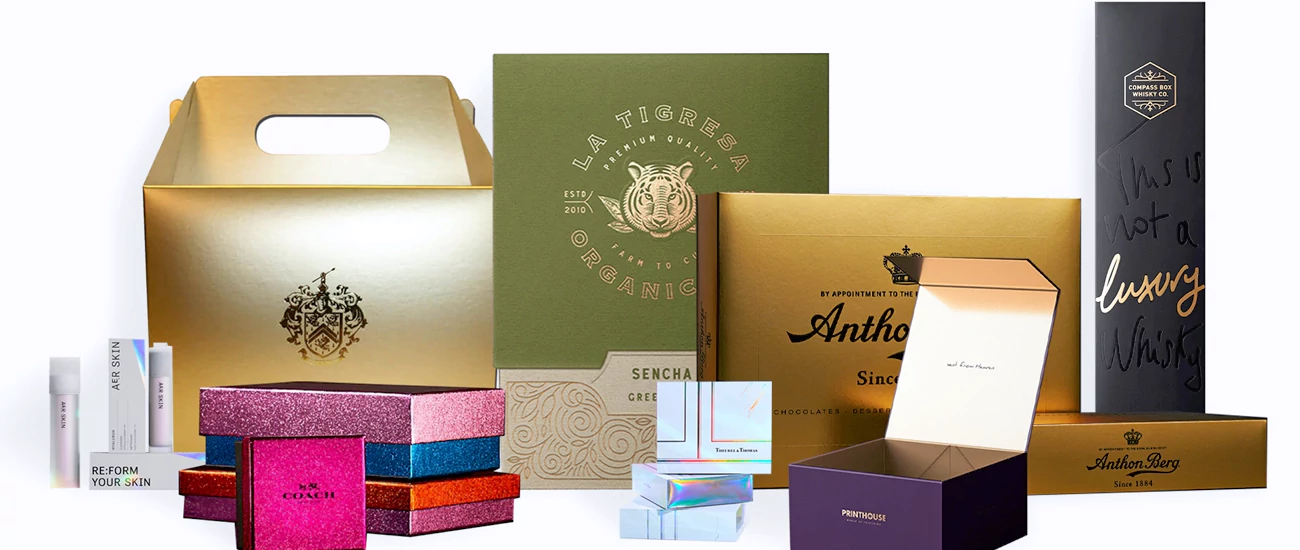
What Are the Latest Trends in Packaging That Can Boost Your Brand?
Staying up-to-date with packaging trends is essential for maintaining relevance in a competitive market. One key trend is the move toward minimalist packaging. Simple, clean designs are becoming more popular because they appeal to consumers seeking sophistication and understated elegance.
Sustainability is also at the forefront of packaging innovation. Brands are increasingly adopting eco-friendly packaging materials like recycled plastics or paper. This trend appeals to environmentally conscious consumers and positions brands as responsible corporate citizens.
Innovations in packaging technology, such as smart packaging that interacts with smartphones, are becoming more common. These technological advances can create a unique, interactive experience that attracts tech-savvy consumers.
Align Your Packaging with Your Brand Marketing Strategy
Packaging is more than just a container for your product—it's a powerful marketing tool. What's the real connection here? Packaging can directly support your marketing strategy by reinforcing your brand message and creating a consistent, recognizable identity across all customer touchpoints.
By integrating your packaging with your marketing strategy, you ensure that your brand is consistently presented to consumers, whether online, in-store, or through advertising. Packaging can even be a critical part of your advertising campaigns, with eye-catching designs that catch the attention of your target market.
Packaging also helps create an emotional connection with consumers. By aligning the design with your brand's core values, you can foster a deeper connection with your audience, driving loyalty and repeat business.
Common Mistakes to Avoid During Packaging
When designing packaging, it's easy to get carried away with creativity and overlook key aspects. What's the real mistake here? One of the most common mistakes is overcomplicating the design. Too much detail or clutter can make the packaging confusing and unattractive.
Another mistake is ignoring the functionality of the packaging. If the packaging looks great but doesn't serve its purpose, it can lead to customer dissatisfaction. Always prioritize both form and function to ensure the packaging provides a great experience.
Failing to consider sustainability is also a significant oversight. Today's consumers expect brands to use eco-friendly materials. Ignoring this trend can lead to a negative brand image, especially among younger, more environmentally conscious buyers.
In conclusion, the ROI of quality packaging extends far beyond aesthetics, influencing consumer behavior, brand perception, and overall profitability. By investing in premium, well-designed, and sustainable packaging, businesses can not only elevate their brand image but also increase sales, reduce returns, and foster customer loyalty. Packaging serves as a powerful tool for differentiation, enhancing the customer experience and positioning your brand as one that values quality and innovation. Ultimately, packaging is not just a protective layer—it’s an integral part of your marketing strategy that can yield significant long-term benefits, making it a smart investment for any brand aiming to succeed in a competitive marketplace.
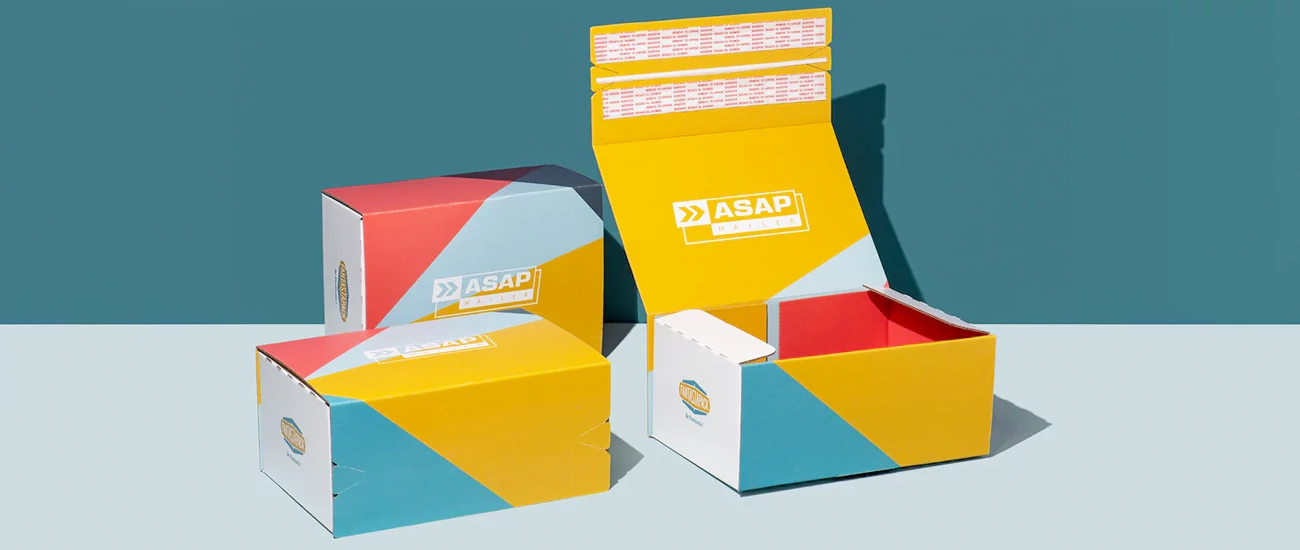
FAQ Section
Q1: What is high-quality packaging?
High-quality packaging refers to packaging that is durable, visually appealing, and effectively communicates the brand's message. It protects the product while enhancing the consumer's perception of the brand.
Q2: How does high-quality packaging affect brand perception?
High-quality packaging creates a positive first impression and signals to consumers that the brand cares about quality, which can lead to increased trust and loyalty.
Q3: What are the costs associated with high-quality packaging?
While high-quality packaging often comes with a higher initial cost, the long-term benefits—including increased sales, brand recognition, and customer loyalty—often outweigh the expense.
Q4: Is sustainable packaging worth the investment?
Yes, sustainable packaging not only appeals to eco-conscious consumers but also strengthens a brand's image, potentially leading to higher customer loyalty and attracting a broader market.
Q5: How can I measure the success of my packaging investment?
Success can be measured by tracking customer feedback, sales data, reduced return rates, and improved brand recognition—all of which contribute to a higher return on investment.


 Crown Win
Crown Win 10 Tips for Designing Custom Gift Boxes That Impress Customers
10 Tips for Designing Custom Gift Boxes That Impress Customers 









